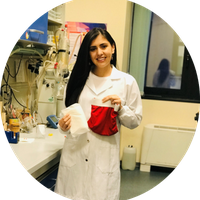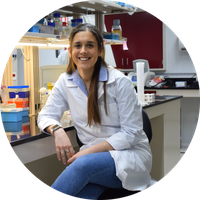Biotechnology & medicine
Randall Jeffrey Platt
His recording tool provides a video of genes turning on or off.

Latin America
Robinson López
Driving the digitalization of smallholder farmers to increase their production and expand their markets.

China
Yue Shao
Pioneered development of embryo-free human embryology

Latin America
Carolina Serrano
Her reusable, biodegradable, and low-cost diapers meet eight of the 17 Sustainable Development Goals.

Latin America
Maria Pia Campot Moreira
Analyzing the microorganisms in our intestine to improve our health.
